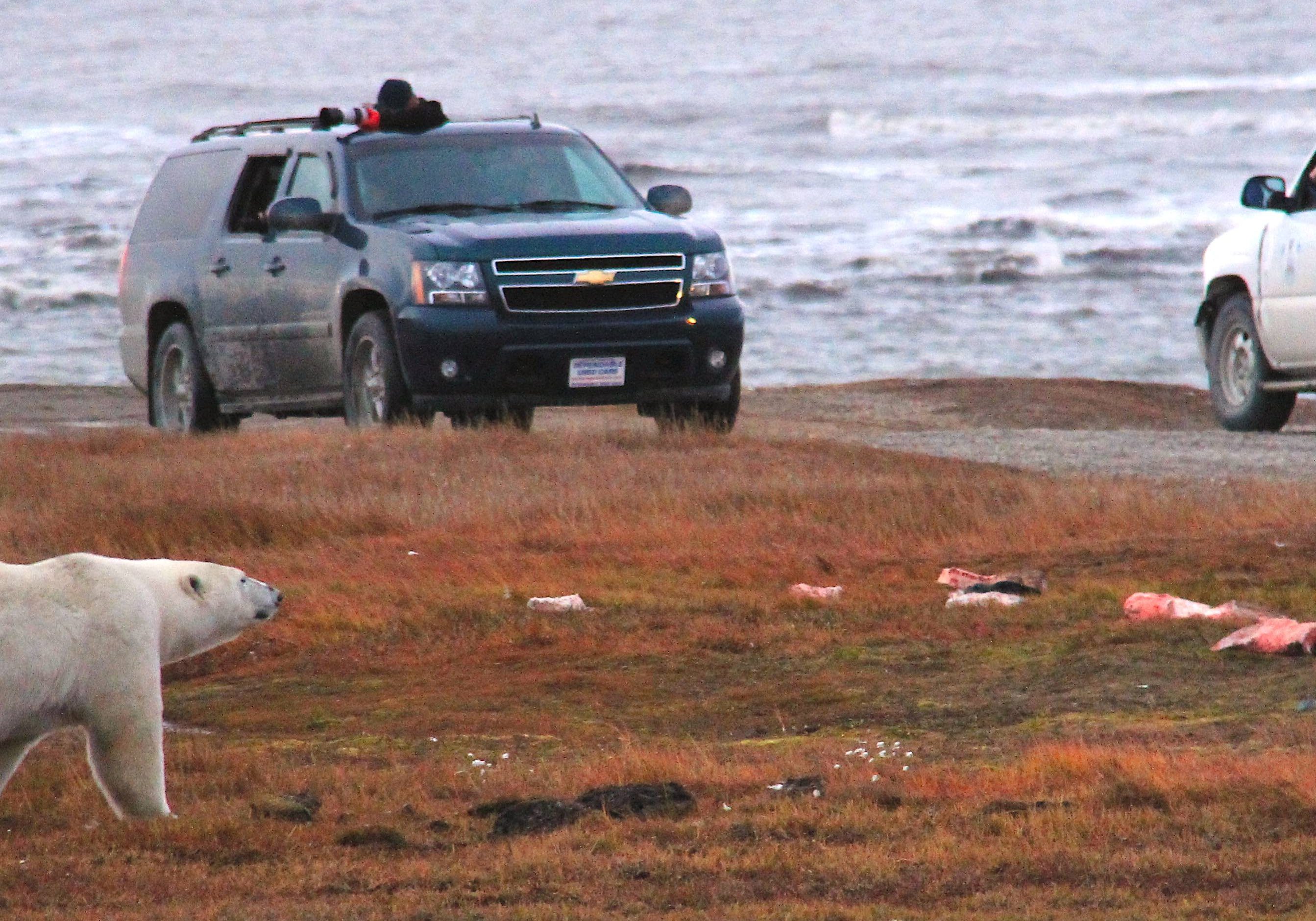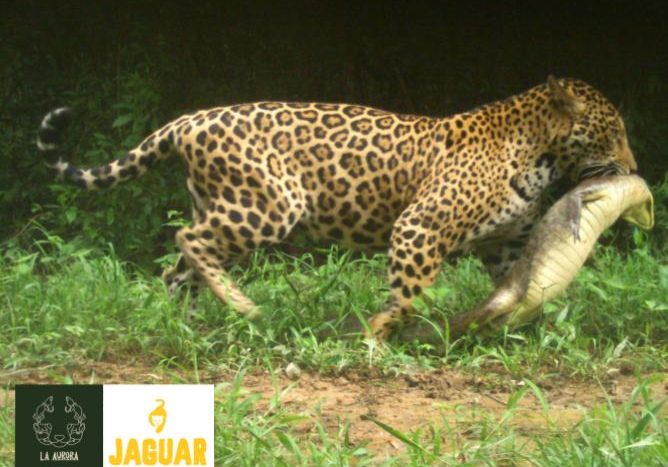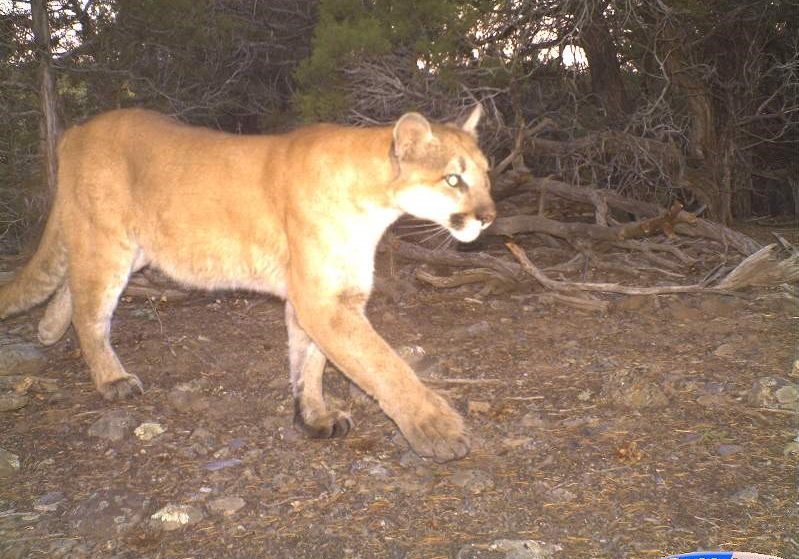- Wolf Restoration in Colorado
- Culture of Carnivore Tolerance: African Lions and Livestock in Tanzania
- Urban Black Bear Conflict
- Polar Bears in Alaska's North Slope
- Carnivore-Human Interactions in South African Food Webs
- Community-Based Land Stewardship and Carnivore Conservation in Guatemala
- Combatting Illegal Cheetah Trafficking
- Jaguar and Puma Coexistence on Colombian Ranchlands
- Disease Transmission between Wild Felids, Domestic Cats, and Humans
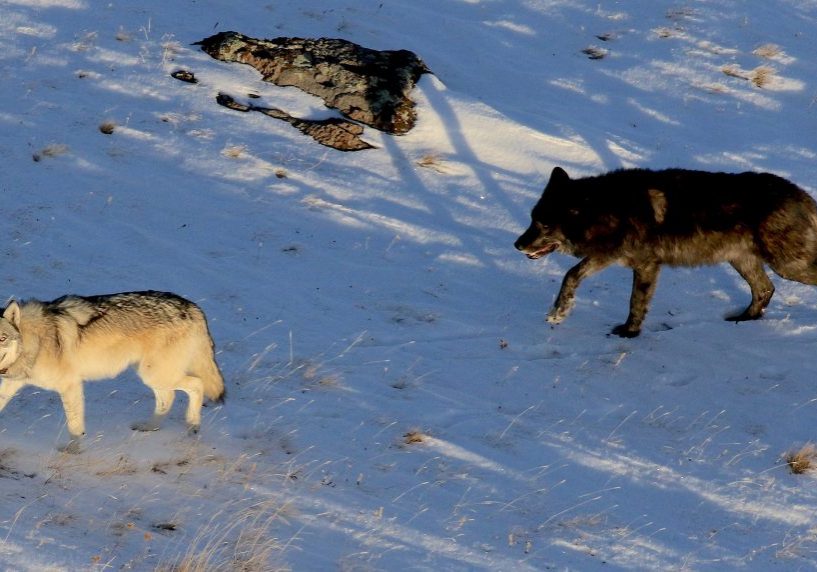
WOLF RESTORATION IN COLORADO
Project leads: Becky Niemiec, Kevin Crooks, Stewart Breck, Dana Hoag, Courtney Schultz
Question: How can we develop and implement collaborative solutions to minimize stakeholder conflict and human-wolf conflict regarding wolf restoration in Colorado? How can we educate the public and decision-makers regarding the science behind wolves?
Participants: Government, sovereign nations, stakeholder groups (e.g., ranchers, hunters, environmental NGO's), and academic institutions.
Read More
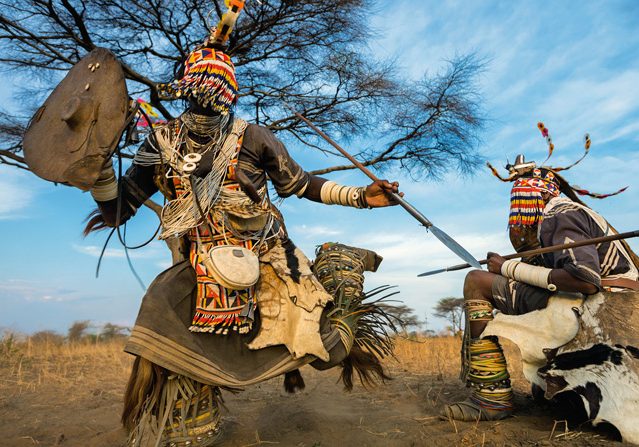
CULTURE OF CARNIVORE TOLERANCE: AFRICAN LIONS AND LIVESTOCK IN TANZANIA
Project lead: Jon Salerno
Question: How are different ethnic groups affecting increasing and decreasing carnivore tolerance in communities surrounding the Ruaha-Rungwe ecosystem in southern Tanzania?
Stakeholders: Barabaig, Maasai, Sukuma, and Hehe ethnic groups; native residents, long-ago arrivals, and recent in-migrants; livestock keepers, farmers, conservation organizations
Read More
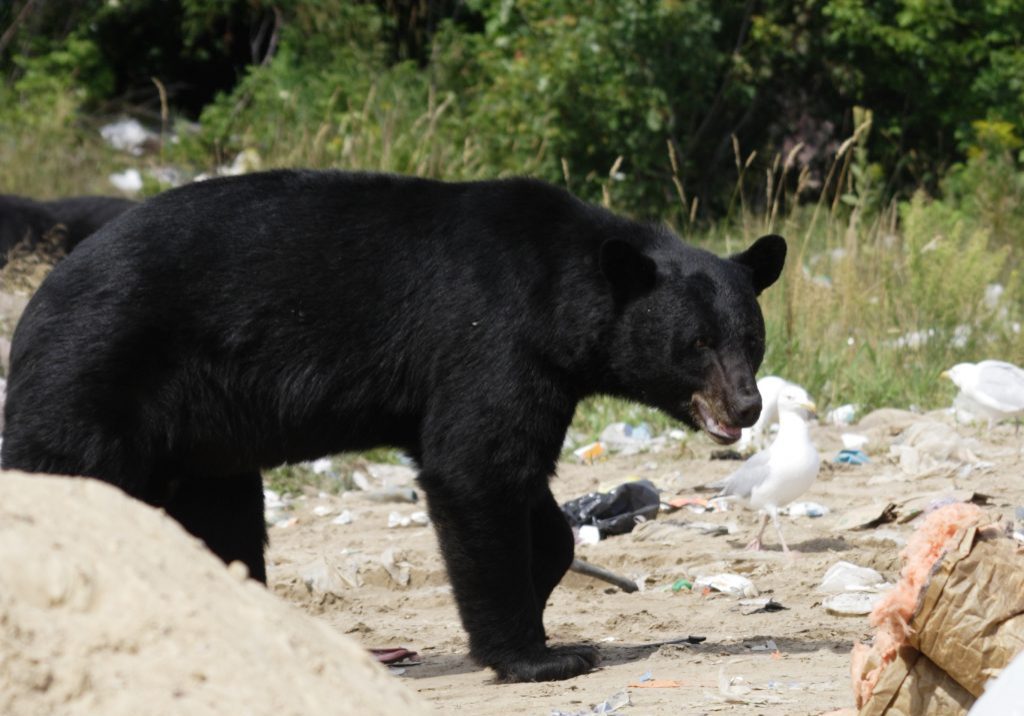
URBAN BLACK BEAR CONFLICT
Project lead: Stewart Breck, Kevin Crooks, Courtney Schultz, Tara Teel, Cassandre Venumière-Lefebvre
Question: What are the cultural, policy, and financial limitations constraining residents and cities from more effectively limiting the availability of garbage and other anthropogenic attractants that are the root-cause of bear-human conflict in mountain communities throughout Colorado?
Read More
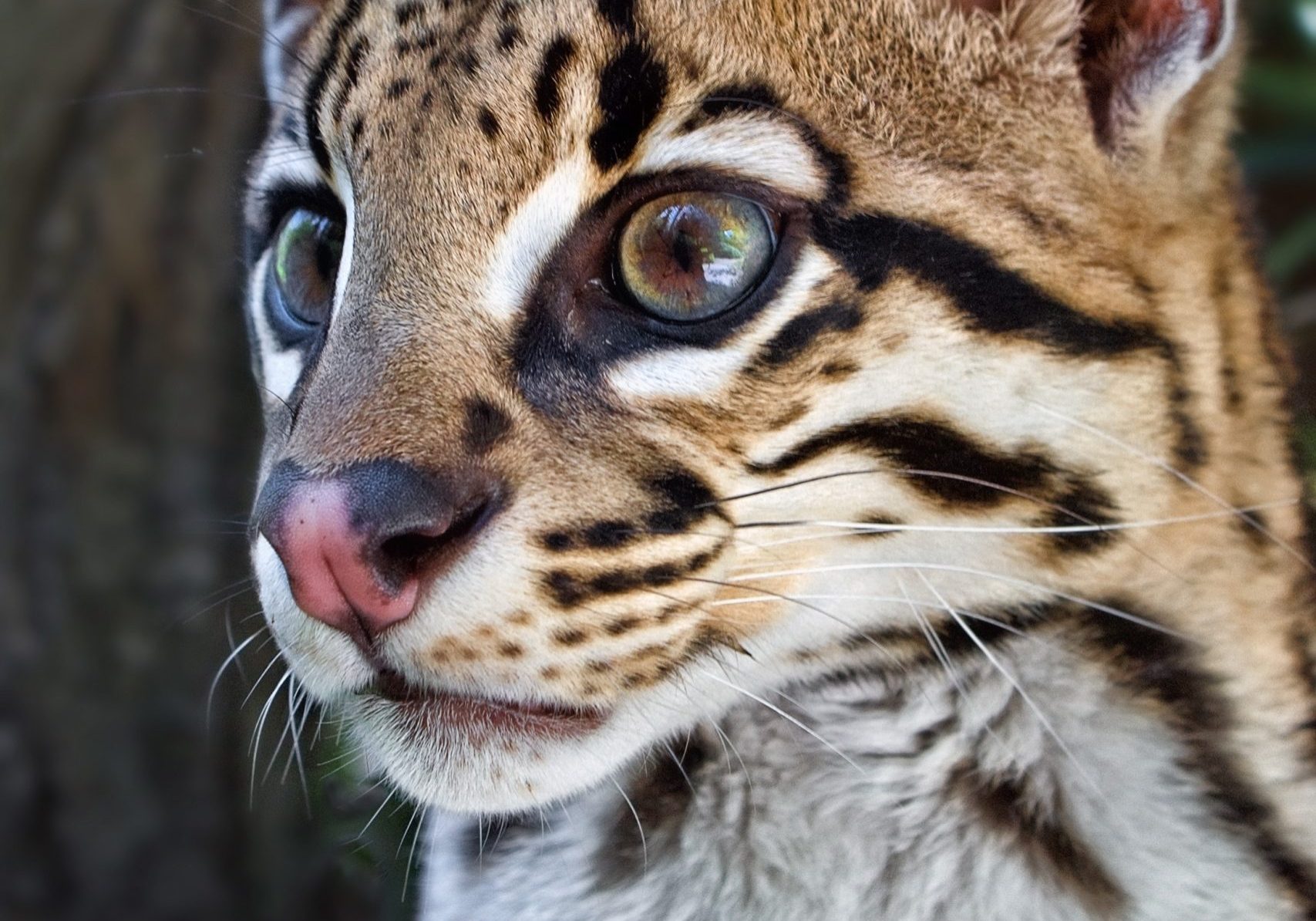
COMMUNITY-BASED LAND STEWARDSHIP AND CARNIVORE CONSERVATION IN GUATEMALA
Project lead: Sara Bombaci
Question: (1) Is carnivore habitat use and diversity similar between community-managed lands and state protected areas in the Southwestern forests of Guatemala? (2) What are the mechanisms driving observed outcomes?
Stakeholders: Trees, Water, & People, Utz Che’ Community Forestry Association (including community members within this organization), Colorado State University, the Guatemalan government, and other smallholder farmers adjacent to study area.
Read More
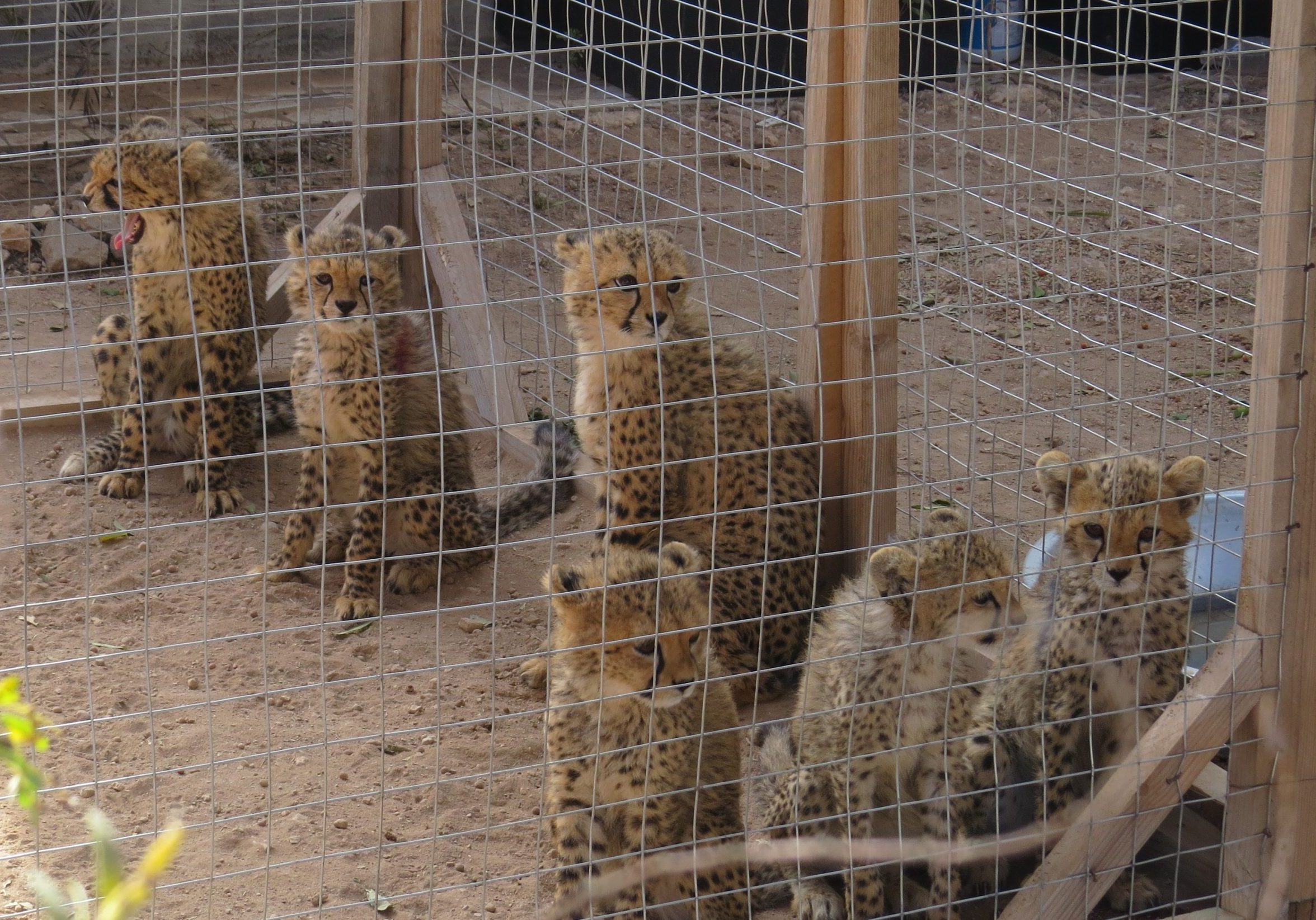
COMBATTING ILLEGAL CHEETAH TRAFFICKING
Project lead: Paul Evangelista
Question: Where are the wild cheetah in Africa that supply illegal trade of live cubs in the Arab Peninsula? What is the range and viability of any undocumented populations identified in the study area? What are the anthropogenic drivers that influence people’s attitudes, motivations, and behaviors toward cheetah and other wildlife?
Read More


